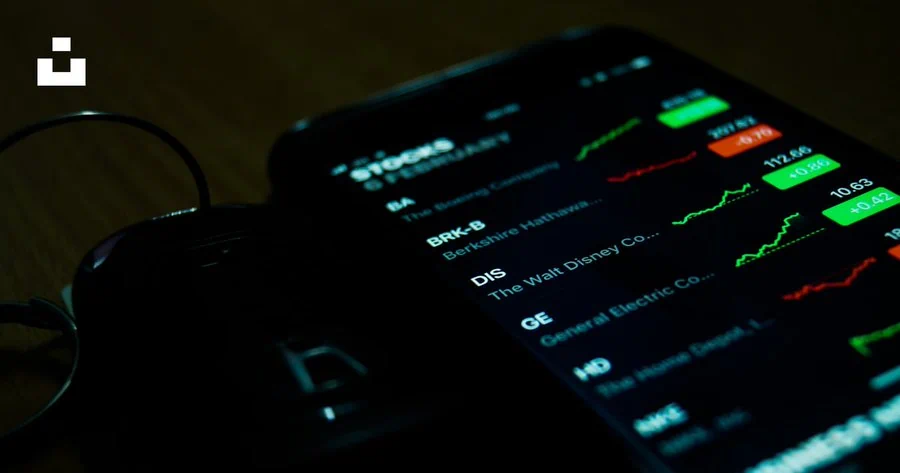
If you’re wondering how to file taxes as a freelancer in the USA, you’re not alone. Freelancers across the country get confused every tax season. It doesn’t matter if you’re a full-time freelancer or just doing side gigs — the IRS still wants its cut. Whether you’re searching for an IRS tax guide for self-employed 2025 or need to learn the tools and forms — this guide breaks it all down for you in plain English, with zero complicated tax jargon.
Do Freelancers Need to Pay Taxes in the USA?
Yes! If you’re freelancing and earning more than $400 in a year, you need to file taxes with the IRS. If you freelance as a writer, designer, video editor, or even an Uber driver—you’re essentially self-employed.
You are accountable for your own tax filings, including:
- Income tax (based on your earnings)
- The self-employment tax is 15.3%, which includes Social Security and Medicare contributions
Unlike a traditional job, taxes aren’t automatically withheld from your paychecks. So, you must calculate and pay them yourself.
Step-by-Step Guide: How to File Taxes as a Freelancer in the USA
Step 1: Track Your Income and Expenses All Year
This is the most important part. You can’t just guess your income when tax season comes. Use tools like:
- QuickBooks Self-Employed
- Wave Accounting (free!)
- Google Sheets (if you prefer simplicity)
Track every dollar you earn—even payments from Venmo, Cash App, or PayPal.
Step 2: Gather All Your Tax Forms
Clients who paid you over $600 will usually send a 1099-NEC form. Even without receiving one, you must still declare your income.
Other forms you might need:
- 1099-K (from PayPal, Stripe, or other payment apps if you processed over $600)
- 1099-MISC (for rent or royalty income)
- Bank statements & receipts (to verify income and expenses)
Step 3: Use the Right IRS Forms
Freelancers typically file:
- Form 1040 (Main tax return)
- IRS Schedule C: Business Earnings and Expenses
- Schedule SE (Self-Employment Tax)
Most tax software (like TurboTax or H&R Block) will guide you through these forms. These tools are often bundled as part of the best freelancer tax filing software USA 2025 to make the process easier.
Step 4: Pay Estimated Quarterly Taxes (If Needed)
You’re required to make estimated quarterly tax payments if you expect to owe the IRS more than $1,000 for the year.
2025 Due Dates:
- April 15
- June 15
- September 15
- January 15, 2026
These are important quarterly tax deadlines for freelancers, so don’t miss them.
You can pay using IRS Form 1040-ES or online via the IRS website. It’s also convenient to pay self-employment tax online through the IRS Direct Pay portal.
Step 5: File Your Taxes By the Deadline
The standard deadline is April 15, 2025. If you need more time, file Form 4868 for an extension—but you still must pay any owed taxes by April 15 to avoid penalties.
What Forms Do Freelancers Need?
Here’s a quick checklist:
✅ Form 1040 – Main tax return
✅ Schedule C – Reports freelance income & expenses
✅ Schedule SE – Calculates self-employment tax
✅ Form 1099-NEC – From clients who paid you $600+
✅ Form 1099-K – From payment apps (PayPal, Stripe, etc.)
✅ Form 8829 – For home office deduction
✅ Form 1040-ES – Quarterly estimated tax installments
These are typically included in most tax software if you select ‘self-employed. This is usually handled well by most freelancer tax filing software USA 2025 platforms.
What If You Miss the Deadline?
You might face consequences if you don’t file by April 15 (without an extension):
- Penalty for not filing on time: 5% per month of owed taxes
- Failure-to-pay penalty (0.5% per month)
- Interest charges
Pro Tip: Even if you can’t pay immediately, file on time and set up an IRS payment plan later.
Best Tax Software for Freelancers in 2025
These tools simplify the process:
- TurboTax Self-Employed (Best for beginners)
- H&R Block Premium (Great for deductions)
- TaxSlayer Self-Employed (Affordable option)
- FreeTaxUSA (Best for experienced filers)
- No fees and no hassle—file your federal and state taxes free on Cash App Taxes!
If you’re looking for an all-in-one freelancer tax filing software USA 2025, these are great options that support key forms and guide you step-by-step.
Deductions You Can Claim
Deductions lower the amount of income subject to tax, reducing your tax bill. Common freelance deductions:
- Home office expenses (if used exclusively for work)
- Internet & phone bills (business portion)
- Office supplies (laptop, printer, etc.)
- Business travel & meals (50% deductible)
- Advertising & marketing costs
- Software subscriptions (Canva, Adobe, etc.)
- Health insurance premiums (if self-employed)
Create and maintain your own freelancer tax deductions list to ensure you’re not leaving any savings behind.
Pro Tip: Always keep digital or paper receipts!
Common Mistakes Freelancers Make
🚫 Not tracking income – Guessing leads to errors.
🚫 Don’t forget to save for taxes—keep aside 20–30% of every payment.
🚫 Missing quarterly payments – Avoid IRS penalties.
🚫 Mixing business & personal accounts – Keep them separate.
🚫 Ignoring deductions – You’re leaving money on the table!
FAQs on Freelancer Taxes
Q: Do I need an LLC to file freelance taxes?
No. You can file as a sole proprietor using your name and SSN. However, an LLC offers legal and tax benefits.
Q: What if I don’t report freelance income?
An IRS audit could mean you owe back taxes, penalties, and interest. Not worth the risk!
Q: Can I write off my laptop?
Yes! If used primarily for work, deduct the full cost or depreciate it over time.
Q: What’s the self-employment tax rate?
15.3% (12.4% Social Security + 2.9% Medicare).
Final Thoughts: Don’t Stress!
Filing taxes as a freelancer might seem overwhelming, but breaking it into steps makes it manageable. Stay organized all year and use tools to simplify the process.
Whether you use software, hire a tax pro, or DIY—just file on time. Freelancing offers liberty, but you must also shoulder the duties that come with it.
Remember: Record your income and spending from the beginning—you’ll thank yourself later!
Happy freelancing—and happy tax filing! 🚀

